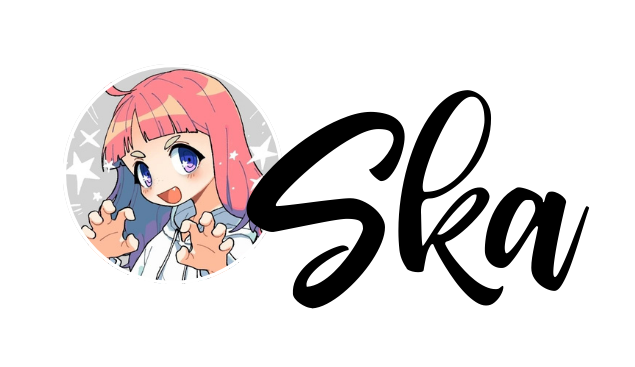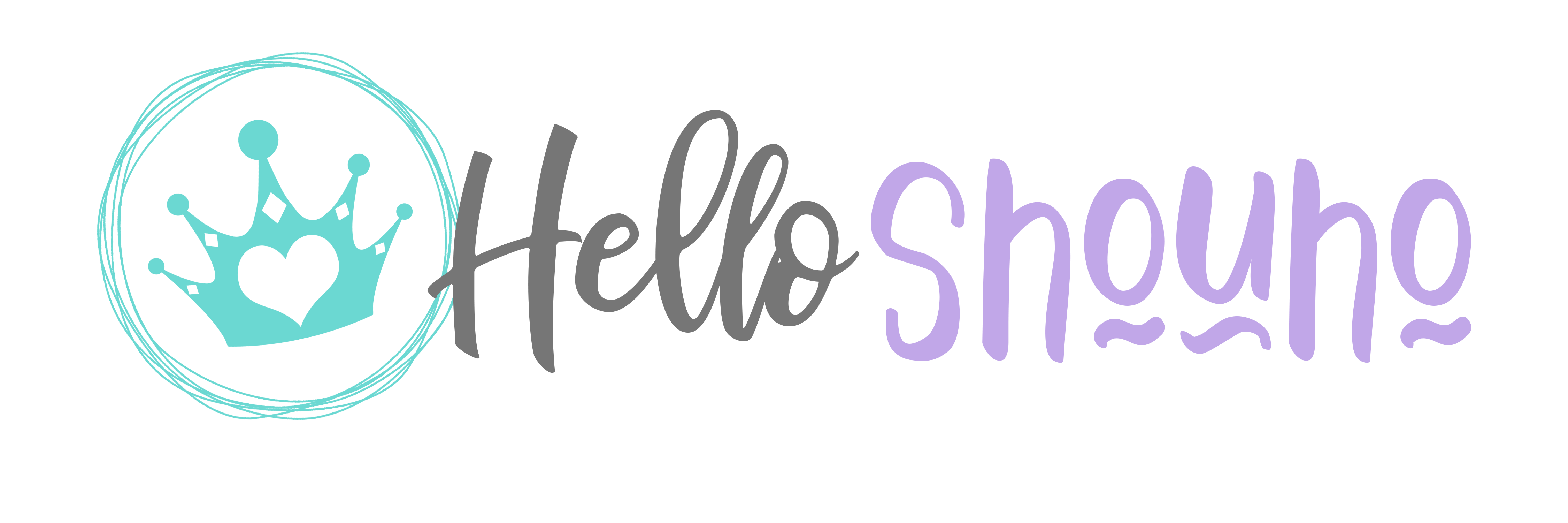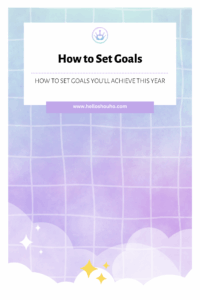New Year; how to set goals you’ll achieve this year
New year, who this? This time of year always makes people, myself included, super excited to start fresh. Not to mention spend money on a new planner or goal system.
Did you know spring use to be the new year? Makes more sense doesn’t it. The calendar we know today is a whim from previous history – you can read more about that here: New Year in history: when and why did the New Year move to January 1?
I mention this because I want to emphasis that you don’t have to start fresh in January, you can start whenever. I am actually planning to start later in the year as well. This last year held one more surprise for us and now we will be moving around a bit for the start of this year. We are taking it well – packing our things and excited about the adventures we will have later. But it throws a wrench in all my goal planning I did at the end of the year. It is frustrating to say the least, but it just means those goals will have to start later. We’ll adjusting. I assure I have plenty of goals to work on in the meantime.
Start with an early review
So how to I start to set goals? Well first. I think October is the best time of year to start thinking about the next year. It’s a good time to start reviewing what didn’t get done and what did – this is why I like to set end of year goals X goals before 202X. You can see some of those here.
It’s a great time to review where your priorities changed in the year. What got done? What didn’t? If you are running a small business its a good time to review where the money went and came in at. Working with realtors this was always a good time to review their marketing plans – a lot of things slow down in winter.
After I review I create that list of things I want to get done before end of the year, and just sorta focus on those. I don’t start actual goal setting til closer to the end of the year.
End of year review
When you are ready and it’s time to start setting those goals, I recommend doing another journal or review of the areas. How did the final push for the year goal? Once again you can see what got prioritized by how it got done. For me, and once again I have ADHD and I know it is easier if you are neurotypical, I get things done differently.
It’s not always the best method but I can tell you what I prioritized in my life because it got completed. Even if I have to force myself, I can reflect on that effort and if it got done. Best example is always health for me. I am chubby, always have been. Its been impossible for me to fix, not by lack of effort. Its distressing to see the lack of progress in someways but I know I can reflect on that and say well, I tried XYZ this year and it did not work, so we need to try new things. So instead of being sad I didn’t move the scale, I know XYZ didn’t work, we’ll try ABC in the new year. That is how I set goals in general – outcome → how to get there, habits, etc are the goal.
How to select your goals
There are so many goal methods out there, I love using a mix of the ideas I’ve read over the years for what works for me, I recommend you do the same. Read or review what others are doing – and take what you think will work.
I start with level 10 style categories, these come from the Miracle Morning by Hal Elrod. A very common journaling practice. Essentially take 10 categories and rank your life. You’ll see a variation of this in a ton of planner systems, but this is the source. I change up the categories to fit me a bit better. For me I use:
- Health
- Family
- Spiritual
- Development
- Money
- Career
- Eco/Charity
- Home
- Marriage
- Fun & Rec
Feel free to snatch those right off this. To evaluate ask yourself, how do I feel about each category on a scale of 1 to 10. 10 being the perfect level. So how do you feel about your health? Is it a 5? Meh? Then the goal being to set goals that align in that category to make it go up – so you increase the number.
How to define your goals
Once you have evaluated how you feel and the areas you want to focus on, it’s time to start actually determining those goals. I like to use an outcome approach.
What is the outcome I want to achieve? I think this allows you to really set achievable goals you can accomplish – while moving the needle – but accounts for the fact that some things are out of our control like I mentioned above. So using health as an example, my outcome goal is to be healthier overall. I define that in a couple ways, weight is one for sure. So here are some examples of how I set that up this year.
Goal 🠖 better health
- Weight – Try to get on Ozempic OR qualify for surgery
- Sleep – adjust to mask
- Eyes – get the BVD glasses
- Food – eat less meat
- Food – try 25 new recipes; 2ish per month
- Movement; visit 25 parks; hike, walk, etc
So the outcome is better health, I know that starts with weight so we’ll keep trying ways to make that work for me. Then I got a few other ones, sleep apnea treatment will help too. Etc.
If the outcome is better mental health, for example, you might start with journaling. Then finding a therapist, or medications with your doctor. Those are the goals that will lead you to the outcome.
You can use SMART goals here if you want – “Specific, Measurable, Achievable, Realistic, Timely” or another good method is OKR – or Objectives and key results method by Andrew Grove. There are more I am sure, these stand out as two I see a ton. Again, mix and match to your heart’s content.
You can see from mine, they vary – some are simple do X. Others are SMART in the sense I put a number in them. I know if we explore 25 new parks this, 25 for 2025, I will have more movement in my life. Another tip, which is not listed here as it is something I just do, is to include how you are going to track that goal – for example; I list ‘eat less meat’ but how am I tracking that? I track how much meat we buy per year now, along side groceries, so I can compare it to last year. It’s another one of those goals that will stack. I know by eating less meat overall, and more other items – such as veggies, I will be healthier.
If you are just starting out or struggling with goals, it is a good idea to write down how you are going to do the thing as well – not just the thing to check off. So it would look more like this:
Goal 🠖 better health
- Food – decrease how much meat we eat: track how much we buy with groceries
If you need motivation it might be a good idea to add your why. For me I have two on this one, health of course but also meat is terrible for the environment. You may love animals and want to cut back for that reason. If it helps you stay on your goal, include it – even pictures or charts.
How to stay on your goals
If you are overwhelmed, try to take a deep breath. The 10 categories for level 10 can look intimidating in length, but remember you have 12 months to work on each category if you really want. That is why the key to getting goals done is habits. Yes, I know ADHD peeps, damnit. It really is though. Habits stack for results.
If you are like me, and habits are hard to near impossible, I recommend a tracker. I use notion now for a digital tracker, 10/10 love the check boxes. I use Notion because I use it 100% of the time, every day I look at it. I treat my Notion like a dashboard everyday. The habits I am tracking that help me

I check off if I did the thing. I like digital cause it does the math for me. I can easily check back when I last did something, etc. I also keep my goals in Notion, and reflect on them often. I find reviewing the tasks I set just the best way to ensure they stay in front of me.
For me that is usually start of the week and the start of the month. Start of the month I like to take time to review what goals I feel are the most important to me, and hit those. Some goals are time sensitive or you have to do them at a specific time of the year. Maybe in a specific order. So this is the best time to really organize that and decide on what you wanna hit on. Just remember you can’t do everything all at once.
Then each week I review, sometimes Sunday but usually Saturday night. I do this so I can set the tasks for the week in my list. Now I am still in the process of revamping my day to day planning, but right now it’s basically a todo inbox style and a done page.
So an example of a tasks I am working that requires mental input is reading. I am very much a mood reader so if tend to read in sections. I intend to read a nonfiction book every month this year. So I am using an audio book service to keep on that. It requires remembering that I have it. And am suppose to be doing it. It is what it is. When I remember I just do it. It’s not a daily habit by any means, but a oh yeah that exist. Thing.
Review regularly, if you are new to it, put it in your calendar on your phone to remind you. Sunday planning sessions and start of the month reviews. It’s a good practice to review how the month or week went as well.
Final Notes
The key to goal setting is gradual progress. Fortunately, it doesn’t have to be consistent for those of us who struggle with that. Just keep putting yourself back on track and you can keep making progress too.
This method of goal setting is the basis for pretty much all systems. Review, plan, set smaller goals, review, rinse repeat. There is no special notebook or planner that helps, its just gradual oh yeah I was doing that thing and getting back to it.


